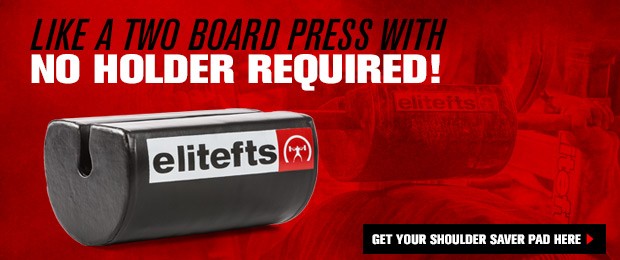
I’ve watched many new trainers come into the fitness industry, and the one thing almost every single one of them has in common is that from the get-go they want to compete on price. They recognize that most successful trainers are charging a premium price and come to the conclusion that the only way they can compete with them is to try to attract clients with a lower price point. I remember hearing Dave Tate say that you can only compete on three things: price, quality, or customer service. He said that, at best, you can only compete at two of them, and many times only one. Price is an easy point to compete on. It’s relatively simple to change your price, while it takes a bit more time and effort to try to improve your quality and service. While it may seem like a simple, quick way to gain more clients, in truth it's a recipe for failure. Here is why you shouldn’t compete on price as a trainer and why you should actually raise your prices instead.
Price is synonymous with quality.
While not always true, in the minds of most purchasers, quality and price go hand in hand. Think of how people view wine. If presented with a bottle that is $10 and a bottle that is $50, most people would assume that the $50 bottle is a higher quality, better wine. Because of this belief, you don’t want to price yourself into a position where people think you provide a low-quality product. When it comes to something like exercise and nutrition, where people are expecting results, they aren’t going to want to waste money on something they deem as low quality and ineffective. Likewise, you will have a tendency to view your own product along those same lines. So if you provide a cheap product, you won’t be as motivated to ensure the quality of your product stays high. However, if you provide a premium priced product, you will make sure your quality is also high.
Photo credit: Maxim Kazmin © 123rf.com
Work less, work better.
With a higher price point, you will need a lower volume to make the same amount of money. This lower volume allows you to put more time and energy into each client, group, etc., to ensure that your quality is always at its highest. It also allows you more free time to market, learn, and engage. When I was at a commercial gym personal training, I got up to 60 hours a week of billed training hours for about two months. During this time frame, all I had time to do was train clients. I couldn’t read, I couldn’t write, and I couldn’t engage my clients outside of the one-hour window they came to train. In the past, I would text my clients the day after a training session and see how they felt, ask them how their nutrition was going, or if they had something going on in life, I could see how they were handling it. When my volume got too high, I couldn’t do any of that and it affected my quality.
Price purchasers are not ideal clients.
Everyone makes their purchases based on what they consider to be the best deal. A price purchaser is someone who makes their purchases based on price alone. They are not concerned with quality; they just want something that is cheap. In my experience, people who are price-purchasing fitness and health are typically not as invested in their outcome as someone who is purchasing based on quality. They don’t view their purchase as an investment and therefore do not put much effort into growing that investment. Because of their lack of commitment, they rarely get good results, which inevitably leads to more complaints and a poor reflection on your abilities as a coach. In the first couple years of my gym, I did a Groupon add for a boot camp that we offered and it was the worst decision ever.
We had an attrition rate of around 95%, not because we were doing anything bad but because they just went from Groupon to Groupon, never wanting to pay for the full price of service.
Be in the upper part of your price point.
The purpose of this article isn’t to tell everyone to drive their personal training prices up to $100 an hour. You have to look at the economic state of your current or future location. The price points for New York City are going to be very different from a small town in Mississippi. That being said, you need to be at the higher end of your price point. There is always room for someone to come in and say they can do it cheaper, but as long as you can do it better and at a reasonable price, you will have business. For my facility, we wanted to price ourselves so that all middle-class individuals could afford our training and that most people could afford our membership. The fastest growing gym in the city was the one priced the lowest, at $15 a month. Now several other gyms have come in and priced themselves even lower than that price point and their growth has stagnated. We have raised our prices since we first opened and continue to grow. We have a lower volume of members, a more community type environment, and it has allowed us to become known as the best gym in the city of Memphis.
If you’re in the fitness industry and have been trying to figure out how to get more customers, resist the temptation to compete on price. Instead, provide a high-quality product with good service and price yourself to justify that level of quality. You’ll be happier and make more money, which is something we all want.











